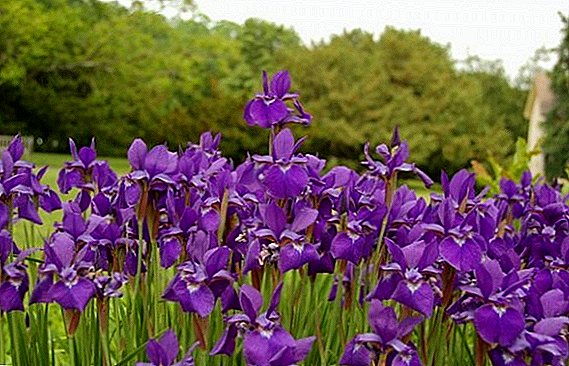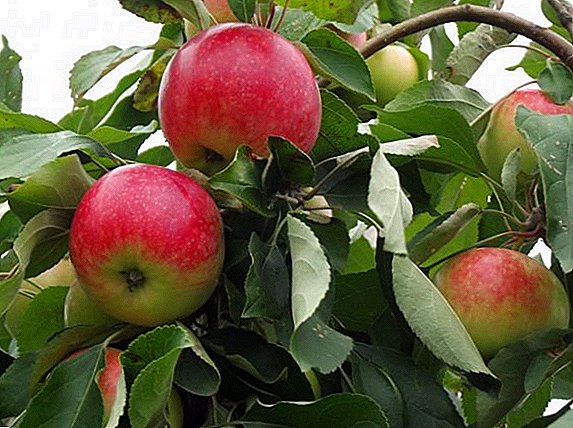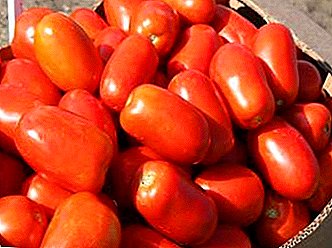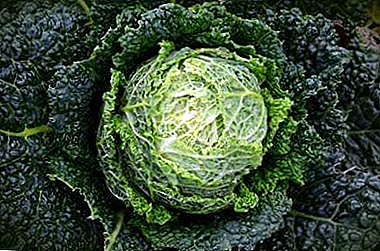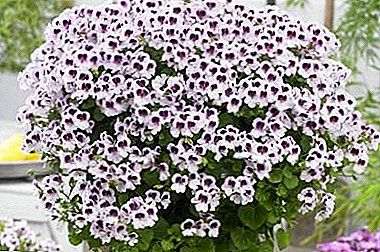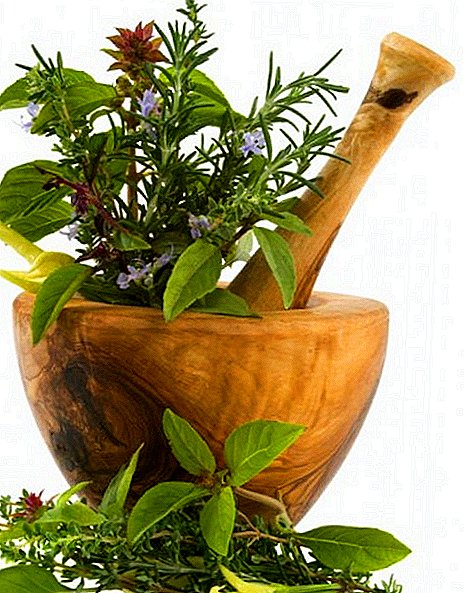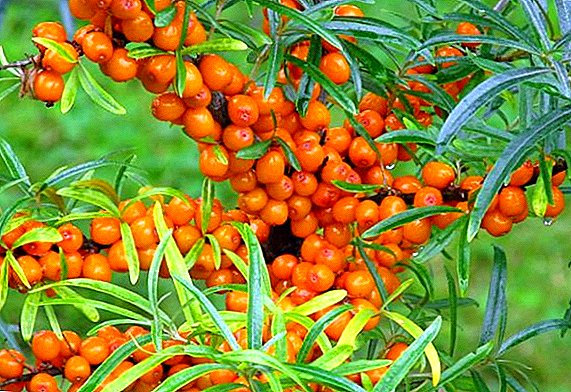 Sea buckthorn is a hardy deciduous shrub with high medicinal and nutritional value. In its natural habitat, the plant reaches 2-4 meters in height. Sea buckthorn berries are colored yellow or orange-red. Sea buckthorn is widespread in China, Mongolia and most of the Nordic countries. Today, this unique and valuable plant is cultivated in various parts of the world. In this article, we have collected for you the most famous diseases of sea buckthorn and methods of dealing with them.
Sea buckthorn is a hardy deciduous shrub with high medicinal and nutritional value. In its natural habitat, the plant reaches 2-4 meters in height. Sea buckthorn berries are colored yellow or orange-red. Sea buckthorn is widespread in China, Mongolia and most of the Nordic countries. Today, this unique and valuable plant is cultivated in various parts of the world. In this article, we have collected for you the most famous diseases of sea buckthorn and methods of dealing with them.
Common diseases of sea buckthorn
Sea buckthorn is quite a hardy shrub. The plant is able to withstand extreme temperatures (from -43 ° C to 40 ° C) and is considered drought-resistant. Today, a relatively small number of serious diseases of the sea buckthorn are registered, including: verticillous wilting, fusarium wilting, scab, endomycosis. 
Verticillary wilting
Most of the diseases observed in sea buckthorn have no serious consequences for the plant itself and its fruits, with the exception of verticillary wilt. This is a dangerous disease that can lead to the death of sea-buckthorn bushes within two years. The fungus Verticillium dahliae can quite often affect sea buckthorn plantations.
In folk medicine in different countries, sea buckthorn has long been used as a medicinal plant. Among the shrubs in the gardens for medicinal purposes, they also use juniper, barberry, evergreen boxwood, berry yew, silver sucker.
The following symptoms can be identified by visual analysis: wilting of leaves and branches, yellowing of the leaves, followed by necrosis, dry shoots, poor plant development. 25% of the roots of a diseased shrub show signs of decay. Shrub with signs of verticillous wilting should not be used for breeding purposes.
Effective methods of dealing with this disease has not yet been developed. The only way out is the destruction of the affected shrubs. The plant must be excavated and burned.
Endomycosis
Endomycosis is a fungal disease of focal nature. Signs of the disease appear in early August. Berries become flabby and soft. The fruit has no characteristic smell of sea buckthorn. Subsequently, the shell of diseased fruits is easily torn, its contents flow out and infect healthy berries. Frequent seasonal rains lead to the spread of the disease.  Methods of struggle consist in treating trees with 1% Bordeaux liquid or 0.4% chlorine dioxide.
Methods of struggle consist in treating trees with 1% Bordeaux liquid or 0.4% chlorine dioxide.
Blackleg
Soil fungi are the causative agents of this disease. The plant becomes thinner at the point of contact between the subnomestic knee of the seedling and the soil. As a result, the sea buckthorn falls to the ground and dies.
To prevent the development of this disease, sea buckthorn seedlings should be planted in a substrate of soddy soil and river sand. And in order to prevent seedlings should be watered with a solution of potassium permanganate. The procedure is carried out once in 4-5 days.
Black cancer
On the shoots of the plant appear dark round spots. The bark of the tree turns black, cracked, falls away, exposing the blackened wood. Fungi-pathogen penetrates into tree shoots through freezing and crushing wounds. In seedlings and cuttings of sea buckthorn disease manifests itself in the form of dark depressed spots in the area of the root collar. Spots gradually increase, forming ulcers. Affected plants are stunted.  To combat the disease It is recommended to treat the affected areas with copper sulphate and cover it with a mixture of clay and mullein.
To combat the disease It is recommended to treat the affected areas with copper sulphate and cover it with a mixture of clay and mullein.
Scab
The disease is spread by conidia, which are spread by droplets of moisture, as well as various insects and birds. In winter, the fungus remains in the affected parts of the tree. Scab is observed everywhere and leads to the drying of the branches, and with a strong infection, and the whole tree. In the middle of the summer season, round, shiny black spots with clear edges appear on the fruit. Most berries also turn black and dry out.
Scab is able to destroy up to half of the entire crop. Autumn pruning and burning of infected shoots and leaves is necessary to protect against this disease. Treatment with 1% Bordeaux liquid is also recommended. 
Different rot
Rot that infect sea buckthorn are caused by mushrooms from the genera Phytium, Alternaria and Botrytis. Distinguish between gray and brown rot. Mass development of diseases occurs in the summer season (in July). The development of both gray and brown rot is promoted by rainy weather. With gray rot, the fruit of the tree fades, shrivels, and spores with gray spores germinate through the skin of the berries. Fruits affected by brown rot are covered with dark spots with brown tufts of sporonozh, penetrating through the skin.
The measure of prevention from rot is Proper care of the plant - regular watering, fertilizing, gently loosening the soil surface. Trees that are already showing signs of wilting must be carefully pruned.
Fusarium
The causative agents of Fusarium wilt are mushrooms of the genus Fusarium. The disease leads to the desiccation of the branches of sea buckthorn. The fungus penetrates the seedlings through the wounds on the roots. Another reason for the defeat is the physiological drying of the bush (mushrooms settle on weak plants).  The only way to combat fusarium is to cut and eliminate infected parts of the plant.
The only way to combat fusarium is to cut and eliminate infected parts of the plant.
Did you know? Sea buckthorn is mentioned in the writings of ancient Greek scientists such as Dioscorides and Theophrasti. The plant was known as a means for horses: foliage and young branches were added to feed to cause rapid weight gain and achieve a shiny coat. It is curious that the common name for sea buckthorn (Hippophae) in Latin means "shiny horse".
How to deal with pests of sea buckthorn in the garden
Next, we consider the main pests of sea buckthorn and ways to combat them. To date, there are about 50 species of sea buckthorn pests. The most destructive are aphid and fly. Also noted are thrips, moths, mites and peppered moths. In addition, birds, deer, mice, rats and other rodents also feed on sea buckthorn, sometimes causing serious damage.
Currently, there are no specially registered pesticides or fungicides against sea buckthorn pests. This means that growers and gardeners must rely on other options for integrated pest management. However, most countries in the world are actively conducting research to find an answer to the question "How to destroy sea buckthorn pests?".
Sea buckthorn moth
Sea buckthorn moth (Gelechia hippophaella) is found in Italy, Romania, UK, Ukraine. The moth feeds on the leaves of the host plant. Pest larvae can be found among twisted sea-buckthorn leaves in June and July. The little body of the pest has a grayish-green color with a light brown head. At the last age stage, the larvae have a pink tinge. Wingspan is 17-21 mm.  The best method of struggle is the treatment of bushes with an emulsion of metaphos at a concentration of 0.3% or a suspension of the biological drug entobacterin (1%). Spraying should be done at the beginning of the flowering period. You can also use chlorophos in high concentrations.
The best method of struggle is the treatment of bushes with an emulsion of metaphos at a concentration of 0.3% or a suspension of the biological drug entobacterin (1%). Spraying should be done at the beginning of the flowering period. You can also use chlorophos in high concentrations.
Important! There are a number of important recommendations that will prevent pests of sea buckthorn and help in combat them: selection of varieties resistant to pests; the study of planting material for the presence of diseases or insects; frequent garden monitoring for pests; sanitary cleaning of the garden (removal of all potential sources of contamination of the garden); removal of plant residues and weeds; general concern for the health of the plant (regular feeding).
Sea buckthorn fly
Sea buckthorn fly is the most dangerous pest of sea buckthorn. This species is very similar to the cherry fly (European fruit fly). The fly has the potential to cause significant damage to many fruit crops. Sea buckthorn fly has Asian origin. The larvae of the fruit fly eat the flesh of the sea buckthorn fruit.  In the fight against this parasite, high protection is provided by chlorophos, roger, methyl nitrophos at a concentration of the working solution of 0.2%, as well as karbofos and metaphos (0.3%).
In the fight against this parasite, high protection is provided by chlorophos, roger, methyl nitrophos at a concentration of the working solution of 0.2%, as well as karbofos and metaphos (0.3%).
Sea buckthorn aphid
Sea buckthorn aphid is a light green color insect with red eyes. Eggs overwinter on branches near the kidneys. In mid-May, the aphid larvae suck juice from young leaves. Females form all new and new colonies of insects. Affected leaves turn yellow, coagulate and fall off.
Aphids - one of the most vicious garden and garden pests. To protect plants, you need to know how to deal with insects on Kalina, plum, apple, currants, cabbage, cucumbers.
An effective measure to combat sea buckthorn aphids experts call wood treatment with a soap solution. In case of severe injury, chemical agents are recommended, for example, a solution of 10% karbofos.
Important! Weed control is an important factor in the prevention of sea buckthorn in the garden. Sea buckthorn bushes are associated with lack of proper weed control in the garden. Weeds between rows of bushes nourish insects and other pests that have serious negative consequences for seedlings. Often gardeners have to fight weeds intensively for 4-5 years, until the trees reach a height high enough to get out of the weeds' shade.
Gall mite
The gall mite is another minor pest of the sea buckthorn. The little body is fusiform, light yellow in color. Body length of only 0.25 mm. Both the adult and the larvae have 2 pairs of limbs. Sea buckthorn mites damage the buds and leaves of the plant. On the affected leaves, swelling with a diameter of 0.5 cm occurs. There are ticks inside these formations. The consequence of the destruction of this parasite can be the death of the tree.  In early spring it is necessary to spray with a solution of nitrafen. With a strong spread of the pest will require 1-2 spraying karbofosom. A month before the start of ripening berries should stop processing.
In early spring it is necessary to spray with a solution of nitrafen. With a strong spread of the pest will require 1-2 spraying karbofosom. A month before the start of ripening berries should stop processing.
Peppered moth
The moth is a brown caterpillar with dark longitudinal stripes and yellow spots on the body. The body is large, the maximum length is 6 cm. The parasite appears during the flowering period and continues to feed on the leaves of the plant until the onset of autumn. Some branches of the tree can be completely exposed. In case of mass destruction of the bush with a moth (up to 70 caterpillars), the necessary measures should be taken.  In the fight against this parasite will help the autumn processing and loosening of the soil. Insecticide spraying is acceptable.
In the fight against this parasite will help the autumn processing and loosening of the soil. Insecticide spraying is acceptable.
Did you know? Sea buckthorn quickly develops an extensive root system, which is why it is an ideal fighter against soil erosion. BUT thanks to the ability of sea buckthorn to retain nitrogen and other nutrients in the soil, the plant can be called the natural "meliorator" of the earth. AT for centuries aboutBlind-leafs are used in food and pharmaceuticals in Europe and Asia. Medicinal properties were recorded in the VIII century in Tibetan medicine. Recently, sea buckthorn has become a source of important food and medicinal items. Berries and seeds are the main sources of these substances. Sea buckthorn is most often used to treat diseases of the skin and gastrointestinal tract. In the berries of this valuable plant a high content of vitamin A, C, E, B1, B2, K, P and flavonoids was found.It is important to note that most of the proactive methods of protecting sea buckthorn are focused primarily on preventing the spread of disease and the pest population in the garden. Therefore, you should think about how to avoid infection with potentially dangerous diseases and parasites before proceeding to plant trees directly.


